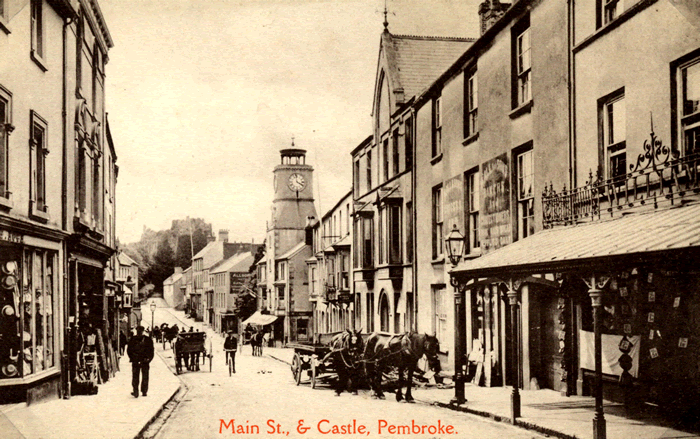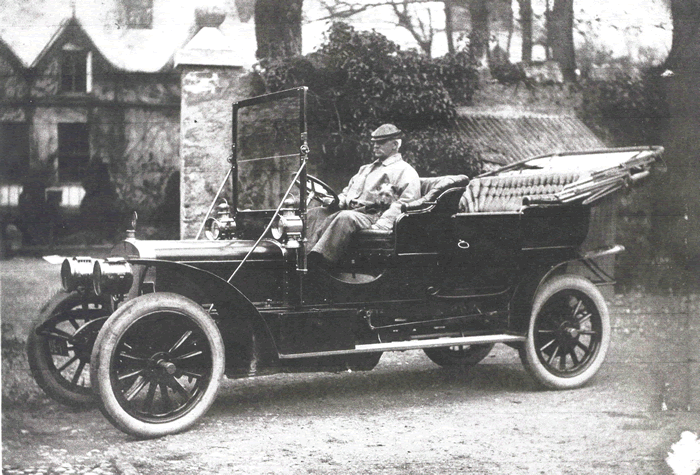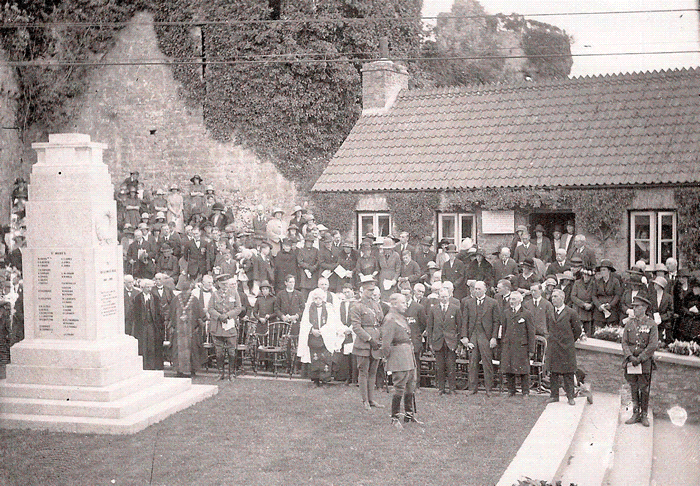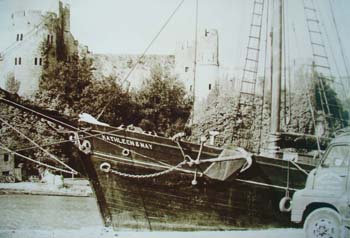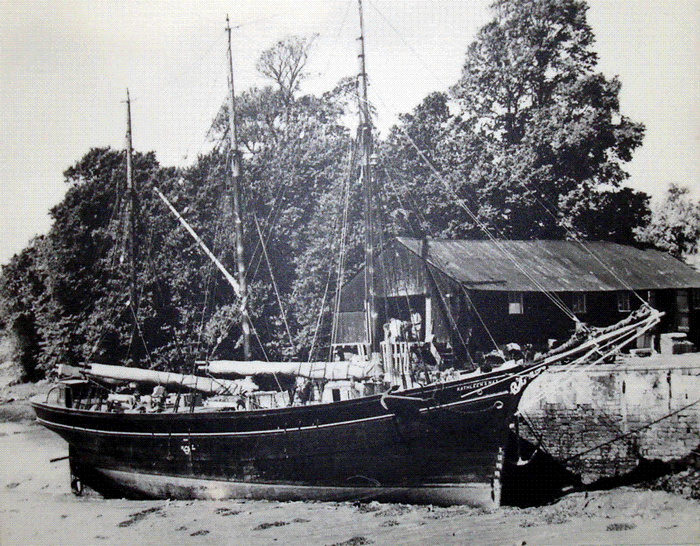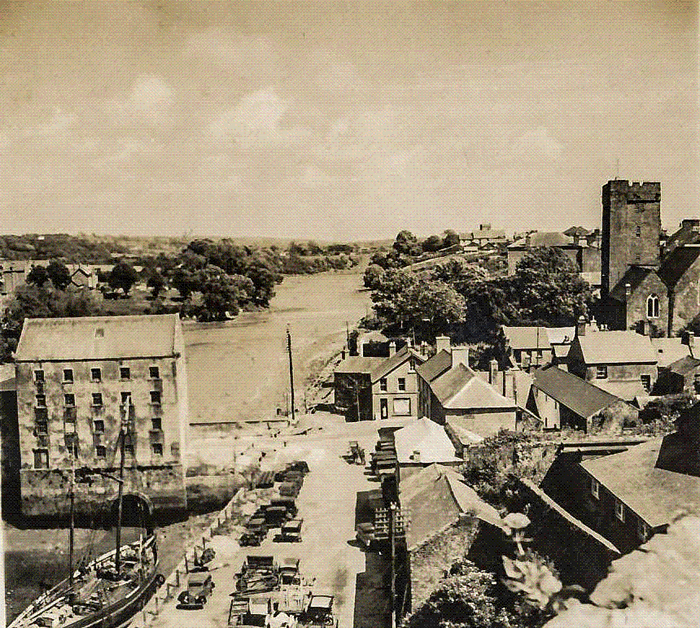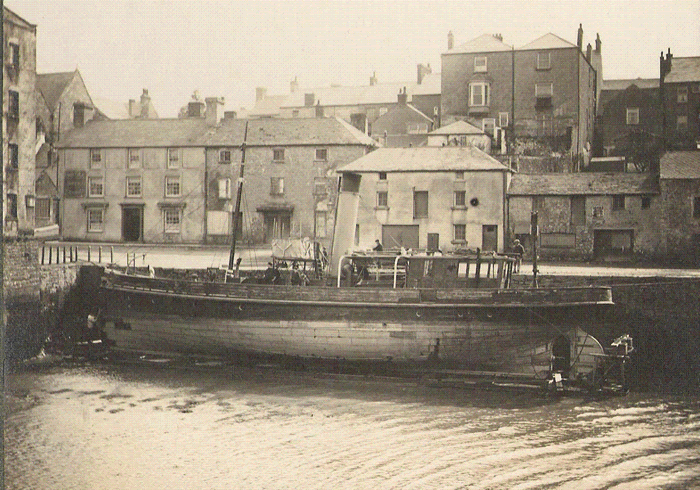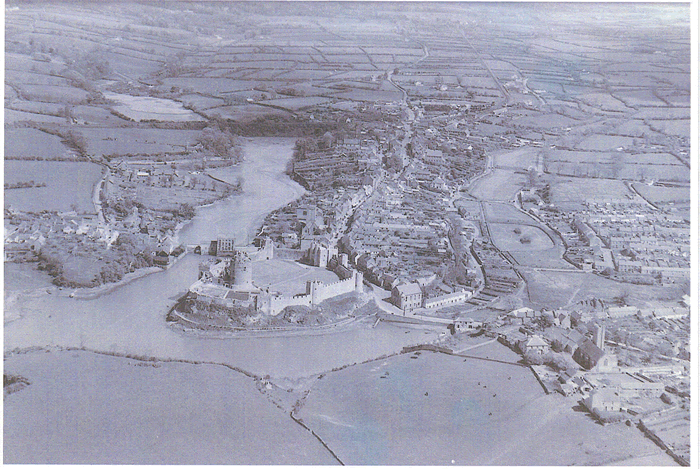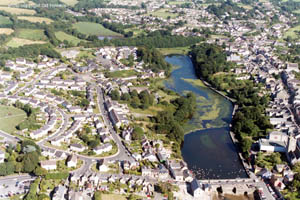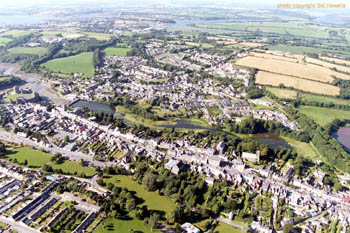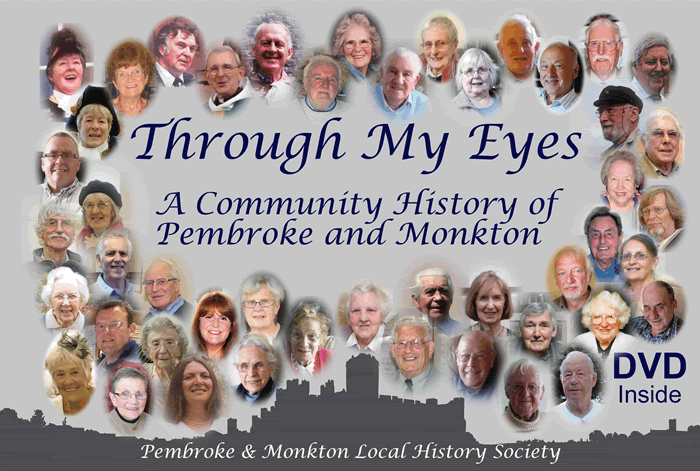
| HOME | ABOUT | PEMBROKE | MONKTON | HISTORY | LANDSCAPE | GALLERIES | PUBLICATIONS | CONTACTS |
Pembroke story history
MODERN TIMES PEMBROKE 1900 The twentieth century saw massive and rapid technological and social change. At the beginning of the century, railways were vital for the carriage of goods and passengers; the sea was still a main highway and ships plying the coastal trade made their way up the Pembroke River to load and unload at the Pembroke Quays. Horses were yet to be replaced by motorised vehicles.
Main Street Pembroke was a thriving agricultural market town, serving the wider hinterland of the Castlemartin peninsular, with many shops and businesses along Main Street selling all manner of goods and services. People really could shop local then, as shops catered for every need. In the days before the supermarket, each shop dealt in its own speciality be it baker, butcher, grocer, iron monger, cobbler and clothier etc. There was plenty of employment. In Main Street you would find a cottage hospital, a police station, a post office sorting office, an engineering works, garages and factories.
World War One - 1914-1918
The Demise of the Port The twentieth century saw the total demise of Pembroke as a port. Pembroke's former prosperity was very much linked to its favourable location on the Pembroke River and, although the railways took away much of its trade, the Coastal trade continued up to the mid twentieth century when schooners and ketches would travel up the River to trade at the Quays. The last to do so was the Kathleen and May in 1961.
There is little reminder of these once bustling quays: Only the Royal George Inn and the boathouse remain of the buildings on the South Quay. The Mill Bridge was a former tidal barrage which was built in the Middle Ages to power the town's corn mill, originally granted to the Knights Templar in 1199. A large 5 storey Victorian mill later stood here but this burnt down in 1956.The renovated Corn Store is the sole survivor of the buildings of the North Quay, now surrounded by modern flats. A modern barrage was built in the 1970s to dam the Castle Pond - this means that boats are now a rare sight at the South Quay.
Post World War II Expansion Pembroke, unlike Pembroke Dock, was left unscathed by the blitz of WWII. It was after the Second World War that Pembroke was to change most dramatically: the post war years saw a huge expansion with houses spilling out way beyond the orginal town. Until then, Pembroke was largely still confined within its walls and the medieval layout of burgage plots was almost intact.
The image above shows Pembroke around the mid century.The photographs below (with kind permission of Sid Howells) illustrate recent expansion.
The first Social Housing After the War a huge, but greatly needed, council house estate was built on The Green, on the opposite shore to the Castle. Another council estate was created at Monkton in the 1960s: a great deal of Monkton was destroyed in order to create this new development. New Industries 1960 onwards The development of the oil refineries, Port of Milford Haven and Power Station boosted the local economy providing new employment opportunities and growth. Although the Railway saw a decline in the face of increasing road transport, these new industries saved the line falling victim to the savage cuts of the Beeching era. Tourist Town In 1972 Pembroke was designated a Conservation Area in recognition of its national historic importance and architectural merit. Now, Pembroke relies largely on tourism, with its castle one of the finest in the country. At one time painters like Turner and Sandby came here to paint the picturesque ruins and surroundings: since then Castle has largely been restored thanks to the antiquarian J R Cobb and Sir Ivor Philips. Now managed by a Trust, it is Pembroke’s great asset, a leading tourist destination and venue for events. THROUGH MY EYES Our community history availabe to buy as a book with accompanying DVD of digital stories How do you go about writing a history of Pembroke in modern times when change has been so dramatic and diverse? We solved it with the Through my Eyes project: a collection of digital stories made by local people whose stories shine a light into Pembroke’s past from many perspectives. Like pieces of a jigsaw, the stories combine to form a portrait of our community and how it has changed over time. Putting all of this together has been no mean task. We needed to capture personal stories which conveyed social change in Pembroke from differing aspects of community life so it was important to the success of the project that we selected the right people. We threw the net as wide as possible and in so doing the numbers of stories grew and grew – we drew the line at 45 but could have carried on finding more: a never ending story! I do think, however, we have achieved a good representation. Each story represents differing aspects of community life and the changing fortunes of the town through war and peace and social change. It looks at differing topics, from religion, agriculture, occupations, public services to sport, entertainment and art.
Through My Eyes is not a history in the conventional sense - you will find no bibliography or learned references - it is a portrait of the community written by members of the community, a history told through their eyes …
|
Through the Ages
 |
| Beginnings |
| Iron and Rome |
 |
| Dark Ages |
 |
| Normans |
 |
| Earldom of Pembroke |
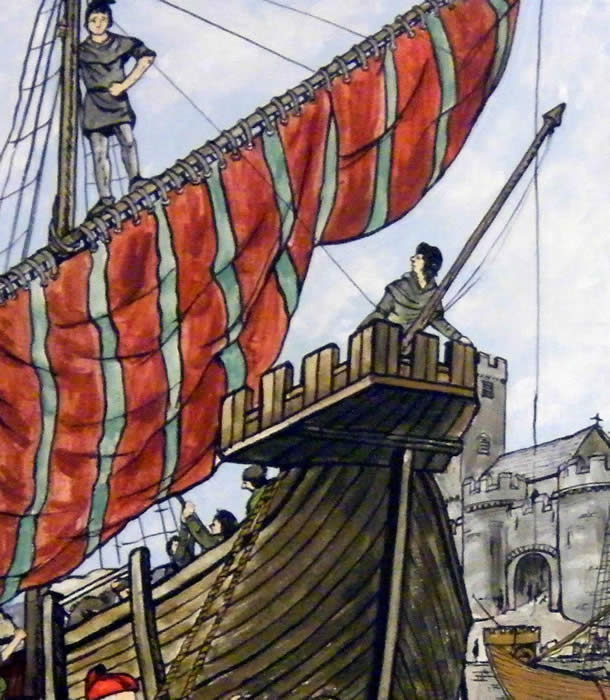 |
| Medieval Pembroke |
 |
| Wars of the Roses |
 |
| Tudor |
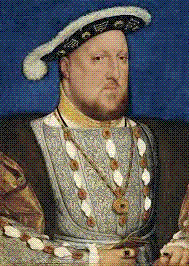 |
| Religious and political change |
 |
| Stuart & Civil War |
 |
| 18th Century |
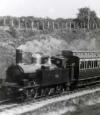 |
| 19th Century |
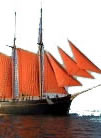 |
| Modern Times |
